Bulbs
Flower Basics
Flower Beds & Specialty Gardens
Flower Garden
Garden Furniture
Garden Gnomes
Garden Seeds
Garden Sheds
Garden Statues
Garden Tools & Supplies
Gardening Basics
Green & Organic
Groundcovers & Vines
Growing Annuals
Growing Basil
Growing Beans
Growing Berries
Growing Blueberries
Growing Cactus
Growing Corn
Growing Cotton
Growing Edibles
Growing Flowers
Growing Garlic
Growing Grapes
Growing Grass
Growing Herbs
Growing Jasmine
Growing Mint
Growing Mushrooms
Orchids
Growing Peanuts
Growing Perennials
Growing Plants
Growing Rosemary
Growing Roses
Growing Strawberries
Growing Sunflowers
Growing Thyme
Growing Tomatoes
Growing Tulips
Growing Vegetables
Herb Basics
Herb Garden
Indoor Growing
Landscaping Basics
Landscaping Patios
Landscaping Plants
Landscaping Shrubs
Landscaping Trees
Landscaping Walks & Pathways
Lawn Basics
Lawn Maintenance
Lawn Mowers
Lawn Ornaments
Lawn Planting
Lawn Tools
Outdoor Growing
Overall Landscape Planning
Pests, Weeds & Problems
Plant Basics
Rock Garden
Rose Garden
Shrubs
Soil
Specialty Gardens
Trees
Vegetable Garden
Yard Maintenance
How to Identify Fruit Trees by Leaves
How to Identify Fruit Trees by Leaves. Don’t wait for your fruit tree to bear fruit to identify it. Instead, examine the characteristics of its leaves and compare your observations to a database about trees, such as a field guide for trees or a university‘s agriculture or horticulture website. After identifying your tree, you can care...
Don’t wait for your fruit tree to bear fruit to identify it. Instead, examine the characteristics of its leaves and compare your observations to a database about trees, such as a field guide for trees or a university‘s agriculture or horticulture website. After identifying your tree, you can care for it in a manner that is specific to its needs so you can reap a plentiful and succulent harvest.
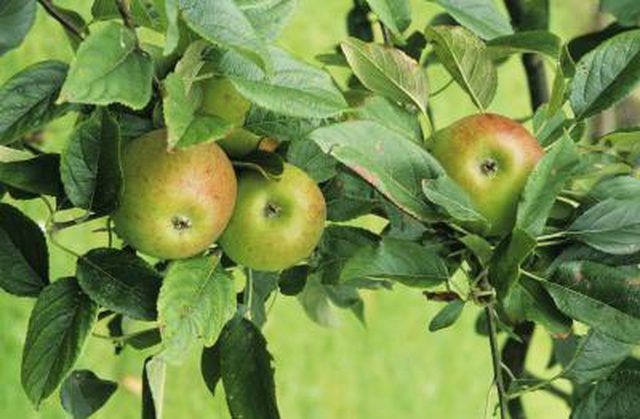
Step 1
Observe the shape of the leaves. The leaves may be oval or oblong like an apple tree or lobed like a fig tree. They may also be long and narrow like mango or peach tree leaves.
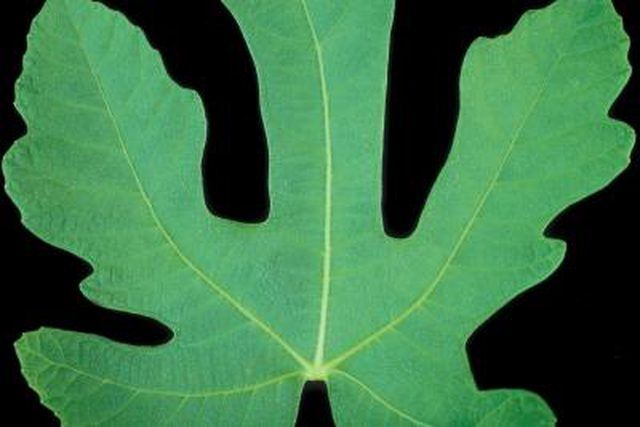
Step 2
Notice if the margins around the leaves are smooth or have teeth or spines. The edges of fruit tree leaves are usually smooth like grapefruit tree leaves, or have fine teeth, like cherry tree leaves.
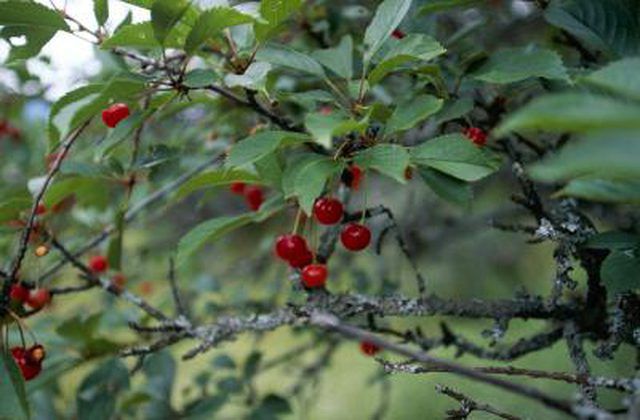
Step 3
Examine the shine on the leaves. Leaves may be dull like apple tree leaves, or glossy or waxed, like orange tree leaves.
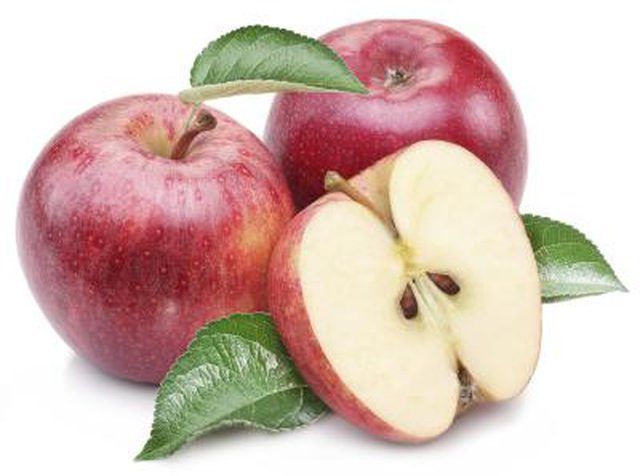
Step 4
Note the leaf color, which can be dark green like tangerine tree leaves, bright green like nectarine tree leaves or light green like mulberry tree leaves. Some leaves are evergreen, like those in the citrus family.
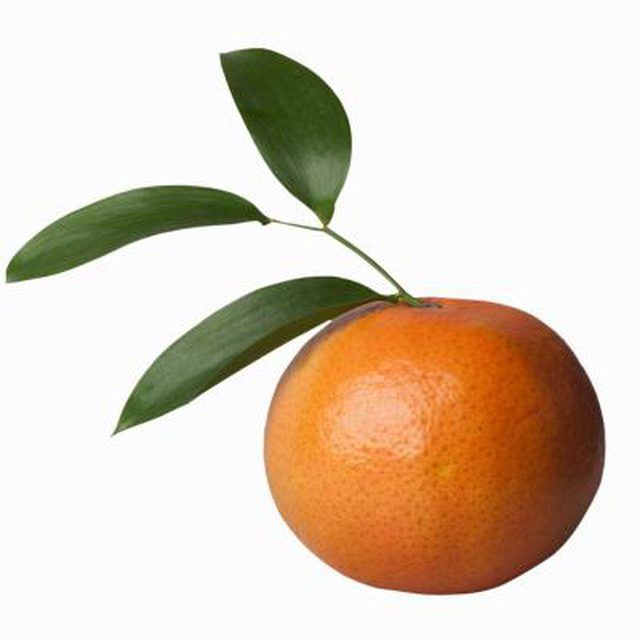
Step 5
Observe any other identifying characteristics. For example, peach tree leaves curve inward and mango leaves are thick and leathery.
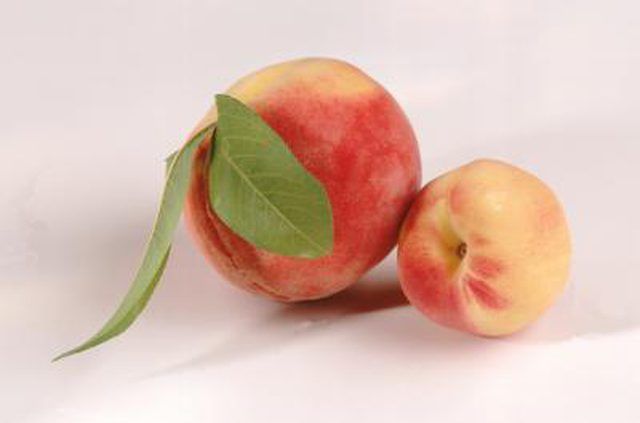
Step 6
Compare your observations to the leaf descriptions in a tree field guide book, such as the "National Audubon Society Field Guide to North American Trees" or on a reputable website, such as Purdue University’s "Senior Study Fruit and Nuts."
